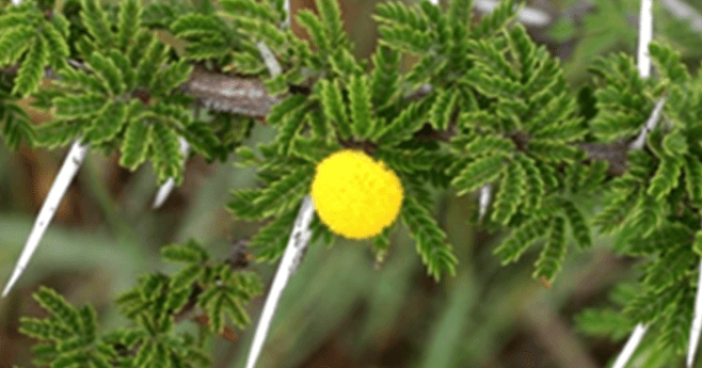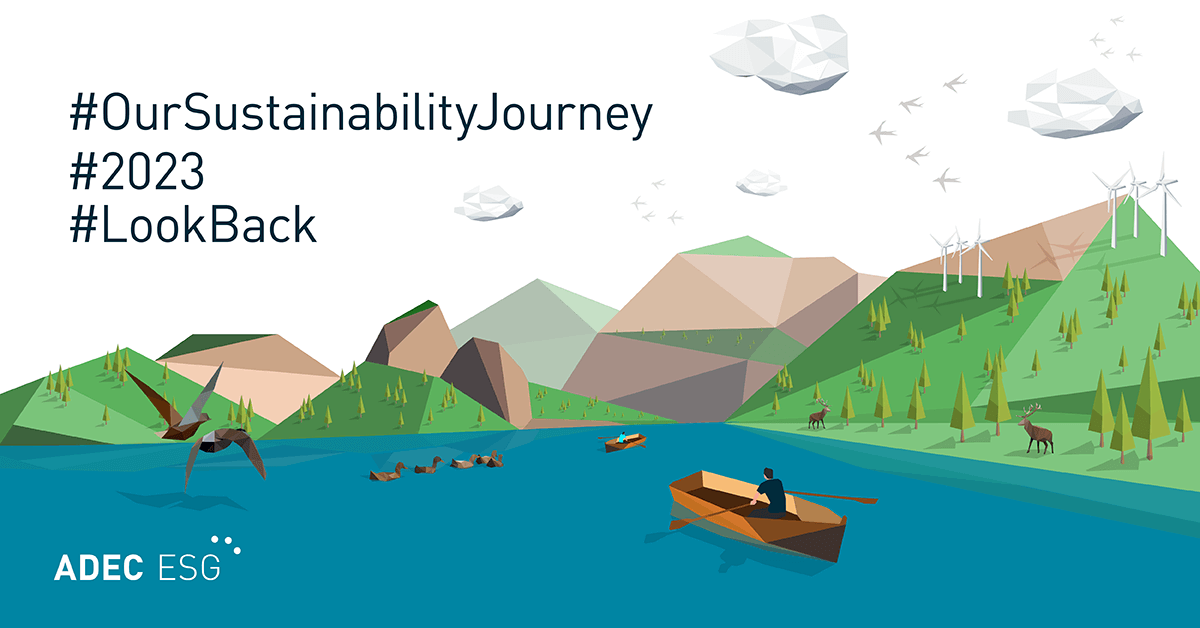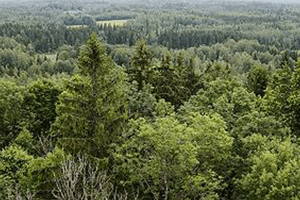 It is well-known that increasing levels of carbon dioxide have the ability to alter the functioning of many biologically sensitive communities. And while human organizations have the verbal capabilities to communicate how carbon dioxide is impacting their lives, it is important that we also take into account the well-being of those without such a voice and “listen” to the behavior of wildlife as they adapt to their changing ecosystems.
It is well-known that increasing levels of carbon dioxide have the ability to alter the functioning of many biologically sensitive communities. And while human organizations have the verbal capabilities to communicate how carbon dioxide is impacting their lives, it is important that we also take into account the well-being of those without such a voice and “listen” to the behavior of wildlife as they adapt to their changing ecosystems.
Within the past two decades alone, certain savannas and grasslands in Africa are literally growing proof of the altering effects that raised levels of CO2 can have on wildlife and their habitats. At FirstCarbon Solutions (FCS), we hope that our efforts to reduce carbon emissions, both locally and globally, will help in areas such as the grasslands of the African savannas.
Wooded plants like the Acacia permixta in these grasslands have, within the past few decades, increased both in density and in the danger they pose on certain wildlife. What scientists are now calling “bush encroachment” has recently been attributed to increased levels of carbon dioxide 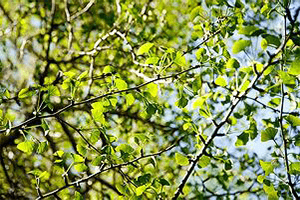 in the atmosphere among other environmental factors. This new abundance of carbon dioxide is allowing plants to grow more quickly at rates above what has more commonly been measured. As the opportunity to uptake greater amounts of carbon dioxide increases, nutrients are being provided to the plants more frequently, thus increasing their ability to photosynthesize, grow, and store more carbon in their roots for continued growth. In addition, the wooded plants are also responding differently to the common fires seen in many of these African regions.
in the atmosphere among other environmental factors. This new abundance of carbon dioxide is allowing plants to grow more quickly at rates above what has more commonly been measured. As the opportunity to uptake greater amounts of carbon dioxide increases, nutrients are being provided to the plants more frequently, thus increasing their ability to photosynthesize, grow, and store more carbon in their roots for continued growth. In addition, the wooded plants are also responding differently to the common fires seen in many of these African regions.
As Adam Welz points out in his article, The Surprising Role of C02 in Changes on the African Savanna, prior research has shown that larger growing wooded plants take around four years to reach the height capable of outlasting savanna fires, given that the proper balance of carbon dioxide is maintained. In this way, growing large enough to out-compete grassland amongst the fires that occur every one to three years had been a challenge for a variety of the wooded plant species. However, the increased levels of carbon dioxide are now allowing the plants to create a new degree of carbon-intensive stems and roots. This enables many to resist and regenerate after burns that might otherwise have destroyed the above soil portion of the plant completely. Thus, “bush encroachment” is occurring where wooded plants are beginning to out-compete grasslands for nutrients, soil, water, and territory to grow.
For example, Namibia has lost much if its arid land available for grazing. This kind of open land is a suitable habitat for populations of cheetahs. While chasing prey at speeds of up to 75mph through the grasslands, the cheetahs generally avoid areas thick with wooded bush that might interfere with their maneuvering. Currently, wildlife conservationists in areas with “bush encroachment” have been reporting the discoveries of blind and starved cheetahs, rendered incapable of hunting. After researching probable causes, it has been found that wooded and often thorny plant species are largely to blame for the eye injuries which cause many cheetahs to lose their vision and as a result, their ability to survive.
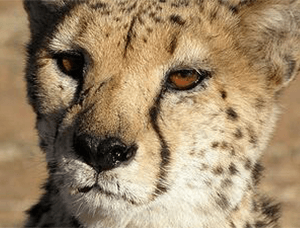 Unaccustomed to the greater amounts of wooded plants with deadly thorns, cheetahs are running dangerously through the bush unaware of this growing threat. As a result, cheetah populations continue to suffer as their habitat transitions from dominant grasslands towards a carbon dioxide induced, “bush encroached” savanna. In fact, this “bush encroachment” is putting around 3,000 cheetahs in danger that live on the farmlands of Namibia. This is almost half of the total number of cheetahs that live on the African continent entirely.
Unaccustomed to the greater amounts of wooded plants with deadly thorns, cheetahs are running dangerously through the bush unaware of this growing threat. As a result, cheetah populations continue to suffer as their habitat transitions from dominant grasslands towards a carbon dioxide induced, “bush encroached” savanna. In fact, this “bush encroachment” is putting around 3,000 cheetahs in danger that live on the farmlands of Namibia. This is almost half of the total number of cheetahs that live on the African continent entirely.
In addition to cheetahs, the Cape Vulture of South Africa requires a long and relatively clear area in order to take off into flight. Scientists and researchers are now noticing that many Cape Vultures avoid hunting in areas with increased rates of “bush encroachment.” This is possibly because of their inability to quickly escape the potential predators waiting for them to land. In fact, this large species of bird is deemed “regionally extinct”, and no longer breeds in Namibia where it once thrived.
Due to various factors related to the rising levels of carbon dioxide in our atmosphere, cheetahs and the Cape Vulture – like the rest of the planet – must adapt to habitat changes in order to survive. It is important that efforts to reduce CO2 are engaged on a global level to ensure the safety of both human and wildlife populations around the world. As a partner with CDP, FCS is assisting in the overall reduction of carbon emissions worldwide and hopefully, in one way or another, protecting ecosystems like those in Africa from the harmful effects of carbon dioxide surpluses. For more information, click on the link below.

